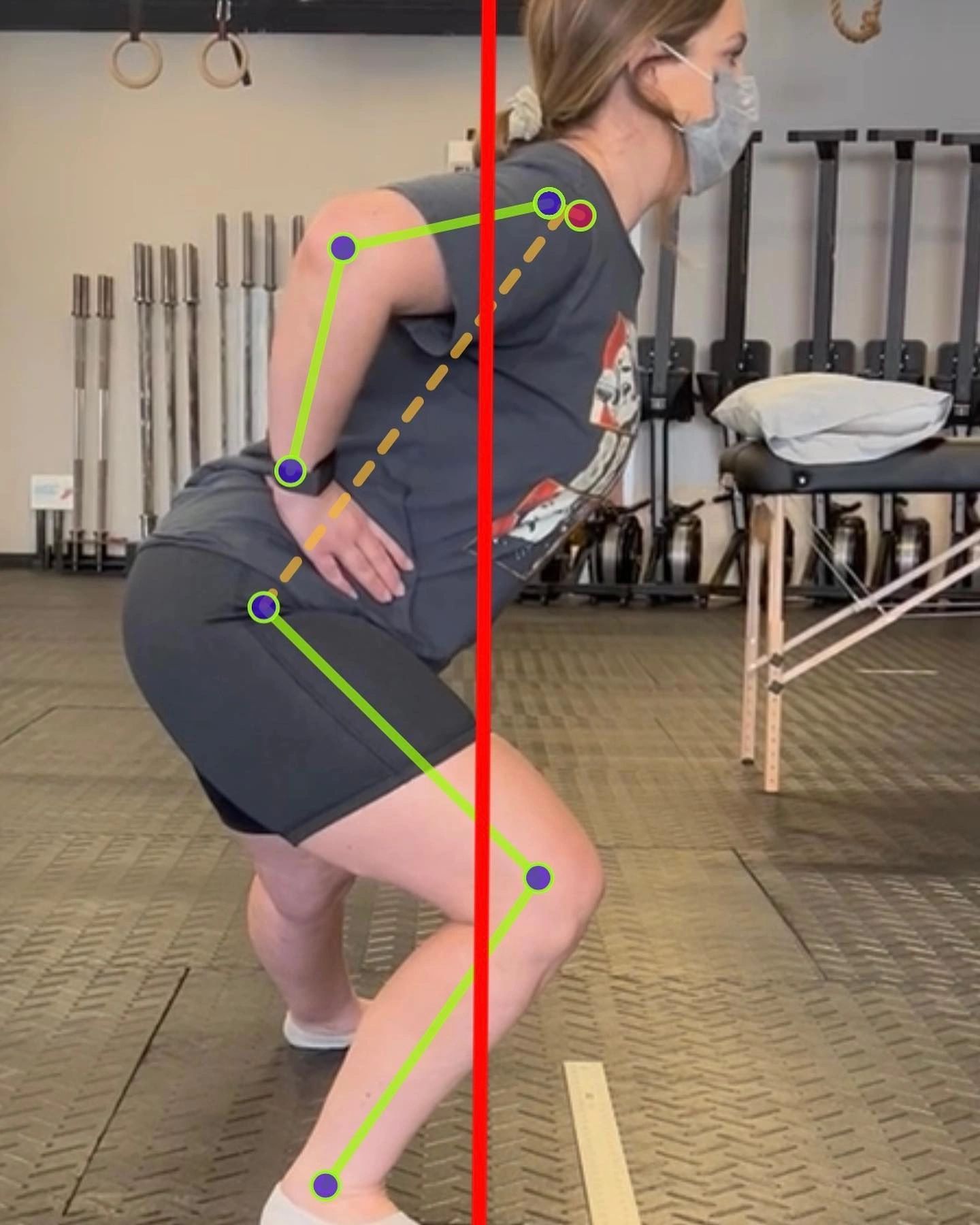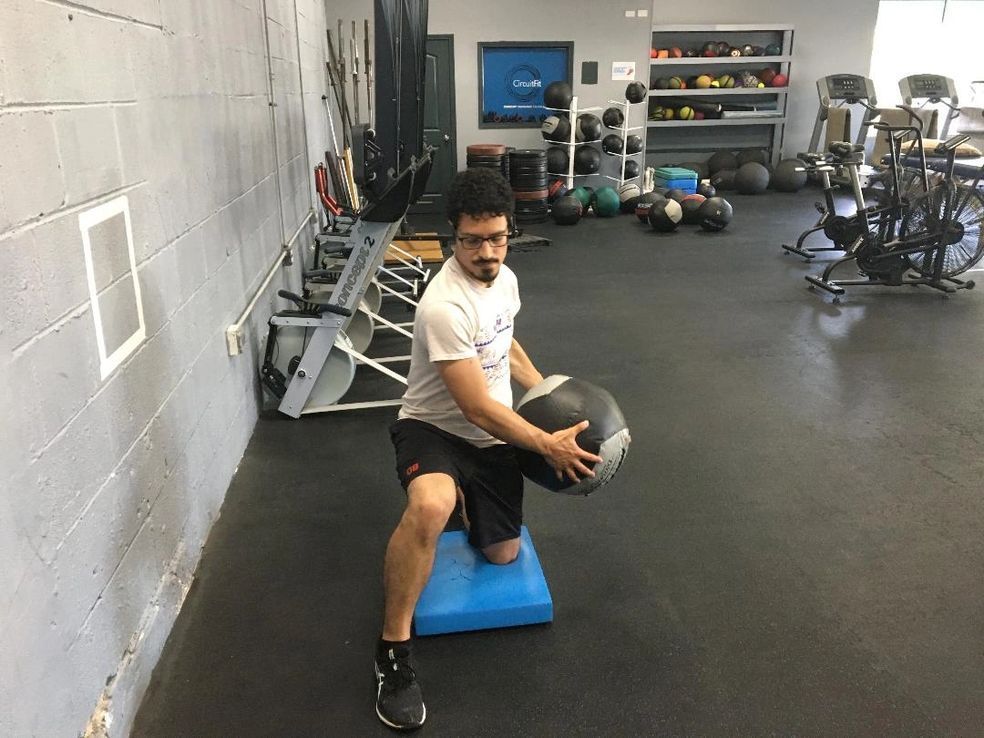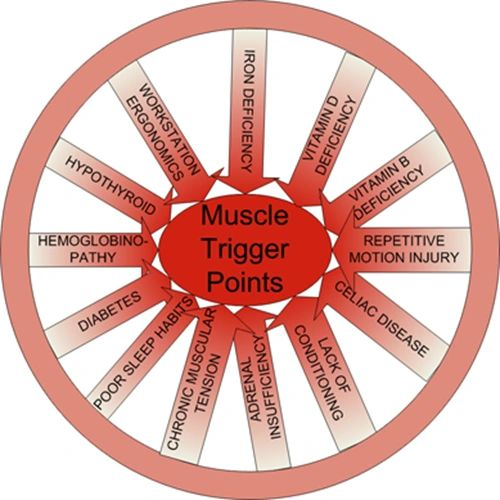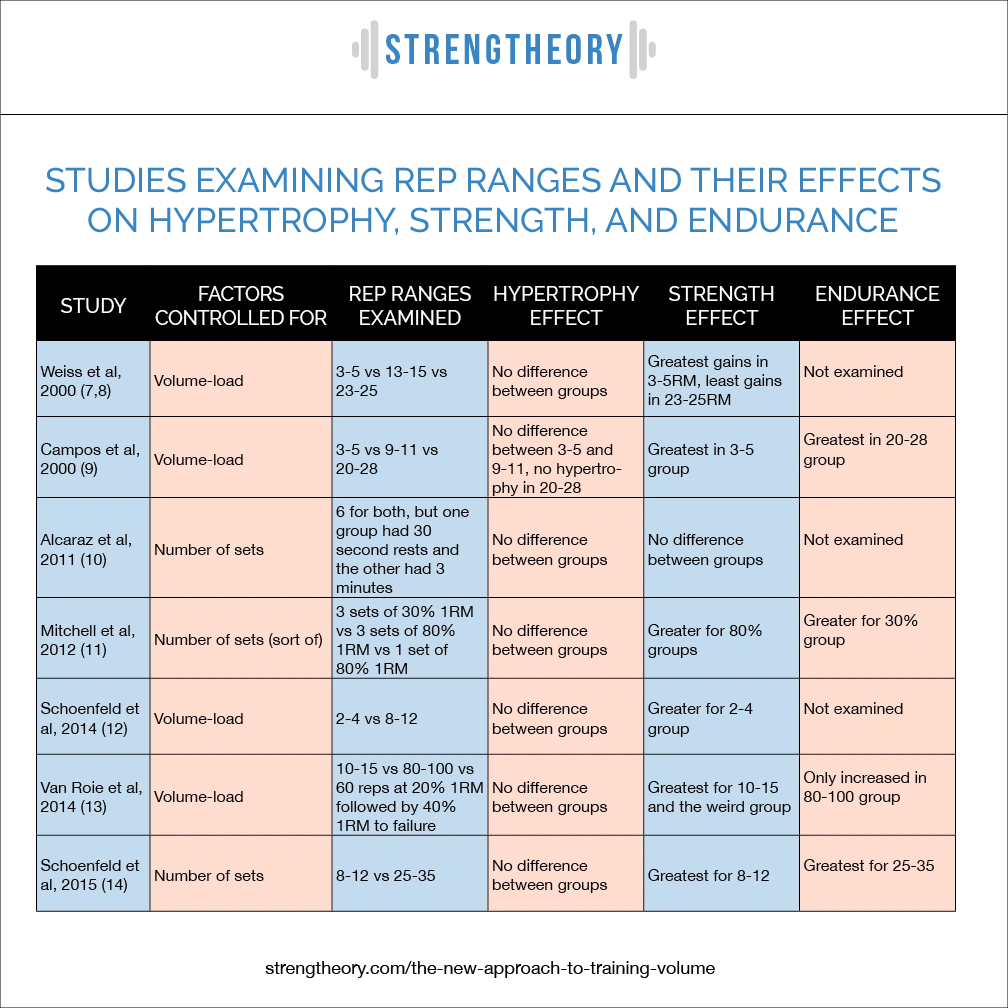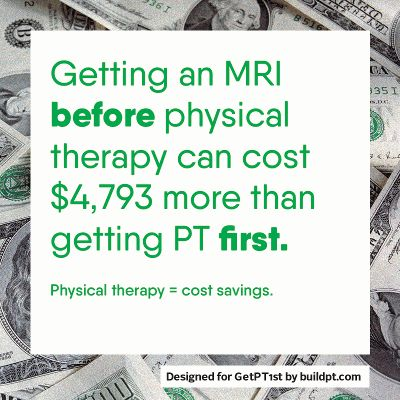What's next for Mason Rudolph?!
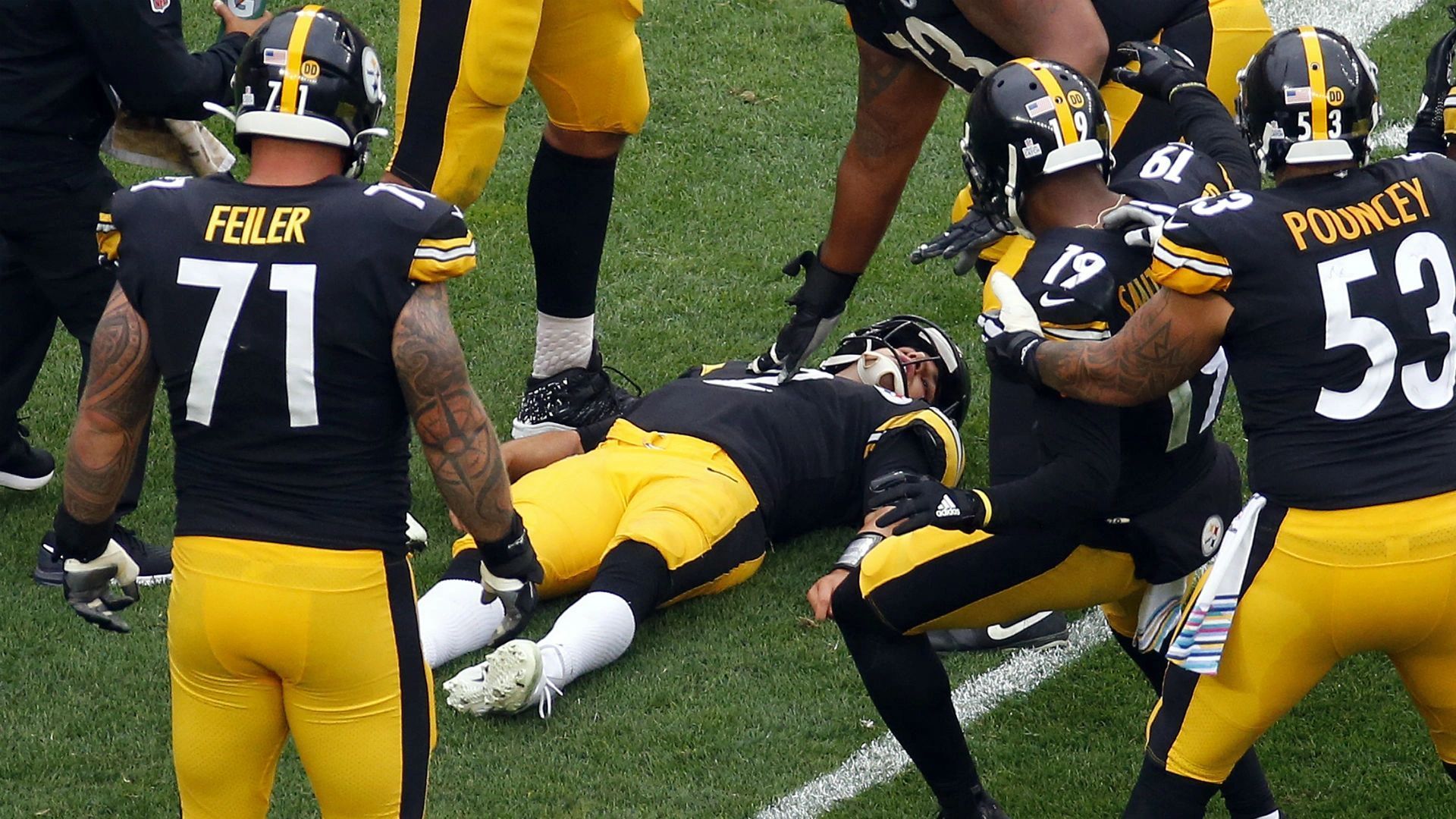
During the biannual brutal bloodbath between the Pittsburgh Steelers and Baltimore Ravens on Sunday, October 6, Quarterback Mason Rudolph sustained a helmet blow to his jaw, yielding to a concussion injury, rendering him temporarily with loss of consciousness (L.O.C.) as he was lying on the ground at Heinz Field. After a few moments, he regained consciousness and with the assistance of the Steelers medical staff, gingerly stood up under his own power, walked off the field, arms draped upon two strong teammates, and entered NFL Concussion Protocol.
Contrary to popular belief, less than 10% of all concussive injuries result in a loss of consciousness. During my concussion education travels around the Midwest, I am always surprised at how many people, including the general public, as well as coaches, parents, and even some medical professionals, overestimate the frequency and presence of loss of consciousness associated with concussion. As such, using L.O.C. as either a grading tool or a means to map recovery is both antiquated and inaccurate. Though experiencing a L.O.C. may indicated a prolonged or delayed recovery, research has shown that amnesia (memory loss) is much more predictive of a protracted recovery vs. loss of consciousness.
There are a constellation of symptoms associated with concussion, the most prevalent 23 of which are part of a cumulative Post-Concussion Symptom Score (PCSS). Symptoms may not always be present immediately; it is not uncommon for there to be a latency period of 2-3 days prior to first noticing onset of symptoms. The ultimate goal of any post-concussion management is to achieve a PCSS score of zero, meaning presence of no symptoms. The best way to achieve this is through fostering a milieu of relative rest; avoiding any stimulus that bothers or provokes the onset or worsening of any symptom. This is essentially the first step in Mason's Return to Participation/Play Protocol (RTP). Let's take a look at what the 5 step RTP Program entails.
Fortunately, The medical staff of the Steelers indicates that Mason has been feeling better, engaged in Concussion Protocol, and currently experiencing no symptoms (at least reporting none). Although not fully disclosed by the medical staff, Mason is somewhere in the continuum of a 5-Step RTP, each incremental step of which needs to be tolerated in a symptom-free manner in order to successfully advance to the next stage. If any symptoms are experienced within 2 hours after a stage, then he would need to regress to the previously successfully cleared step. For instance, if Mason were to experience blurry vision, headaches, or feeling a step slow within hours after going through Step 3 activities, then he would need to wait until he became symptom-free and aGAIN repeat step 2, and continue to progress along the continuum provided that he does not experience any symptom.
Step 1: Rest and Recovery
This implies both cognitive as well as physical rest. Avoid any stimulus that bothers or provokes any symptoms. This does not mean old school "cocoon therapy," whereby you sit in a dark room with little to no somatosensory exposure, which has been found to actually delay recovery because of the lack of any habituation to normal life exposure.
Step 2: Light Aerobic Activity
This means somewhat gentle exercise, such as walking, riding a bike Goal is to gradually increase intensity of exposure in a symptom-free manner. The Buffalo Concussion Treadmill Test (BCTT) is an evidence-based means to objectify this incremental cardiovascular loading.
Step 3: Add Strength & Conditioning
Weight lifting, quick changes of head/body position, vestibular and balance challenges, increasing impact loading, concomitant cognitive loading, progressively increasing cardiovascular loading/running, all while ensuring no presence or onset of symptoms.
Step 4: Non-Contact drills
Infusing progressively more sport-specific movements, dual/tri-tasking, and again with cognitive loading (quick decision making, having knowledge of offensive line, defense and receiver progression).
Step 5: Contact drills and full practice with pads
It was reported that Mason Rudolph was a participant in practice on the Wednesday after his Sunday concussion. The Steelers reported that he was on the field with the practice squad; yet it is clear that MR. Rudolph has not achieved nor has there been enough time on the calendar for Mason to be suited up with pads on that Wednesday practice. As he progresses through each and every stage, all testing, both subjective (symptom score/PCSS) and objective measures (eye testing, neurocognitive testing {ImPACT}, vestibular/balance assessments) all must be within normal/baseline parameters. If all of the above are successfully achieved, step 6 is actually game play.
Most (>85%) concussion symptoms resolve fully within 1-2 weeks. When concussion symptoms last 6-12 weeks, clinicians deem this "Post-Concussion Syndrome (PCS)." Proper early education and management will significantly decrease the potential for prolonged symptoms. It is important to recall that a concussion is a brain injury; a sprain of the brain, essentially. The University of Pittsburgh Medical Center (UPMC) is one of the leading providers of concussion management, education, and research in the country, if not the world. Despite the criticism that I've heard regarding the questionable medical management from the staff allowing Mason to stand up on his own power and not be forced to be spine boarded. I am confident that he is in the best hands.
If you are not a professional athlete and do not have immediate access to the concussion experts at UPMC, then consider seeking a medical team that has proven experience in concussion management to optimize your outcome. At Fast Track Physio, we have over 10 years of experience with concussion injuries. Our expert has taught throughout Chicagoland, the Midwest region, as well as nationally to other health care providers. Paul Schroeder, MPT, CSCS has designed an industry-leading RTP Program and has treated and cleared over 50 patients through an incremental loading Return to Participation Program. He has also delivered dozens of concussion education and training sessions for athletes, coaches, Concussion Oversight Teams, parents, health care providers, attorneys, case managers, and insurance adjusters. It's that time of the year again: Concussion Awareness Month at Fast Track Physio Whether your Fantasy Football player is out with a concussion or if you know of any family or friends who need concussion treatment, safety education, training, or require baseline testing for organized sports, BOOK NOW during
CONCUSSION AWARENESS MONTH at
Fast Track Physio.

